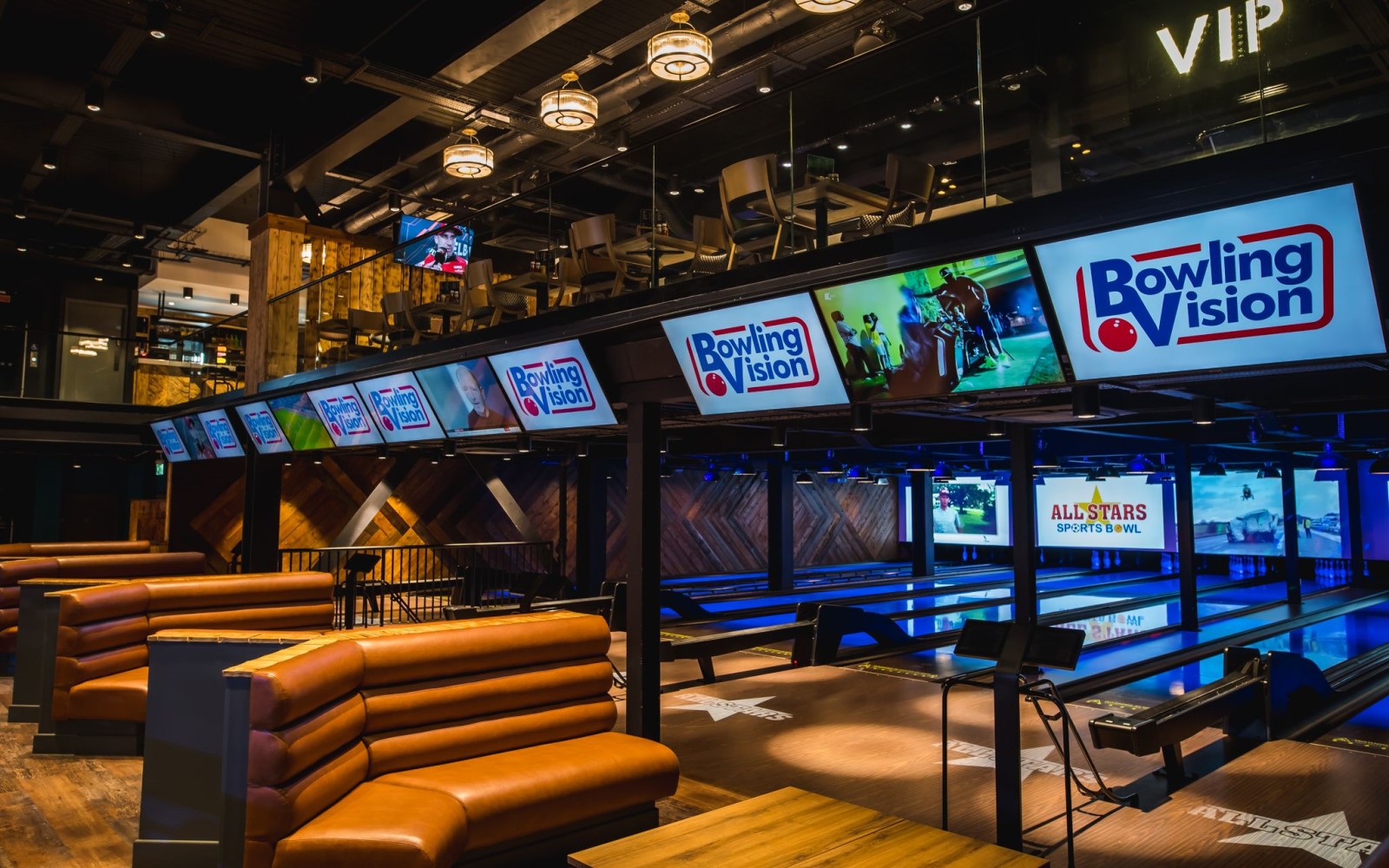Part of the magic of bowling is that it is enjoyed by many people of different ages and skill levels. Whether it’s a leisurely game with friends or a competitive league match, it’s essential to ensure that the bowling lanes are well-maintained. One crucial aspect of lane maintenance is regular cleaning and conditioning.
In this post, we will discuss the top reasons why every bowling centre should oil their lanes regularly
#1 Creates a consistent playing surface
Regular lane conditioning ensures that the playing surface remains consistent for every bowler, regardless of their skill level. When the lanes are oiled, it reduces the amount of friction on the surface. This helps a toddler’s ball roll straighter towards the pins without the dry lane making the offset weight of the finger holes pull the ball to one side. It also creates a consistently dry back end so that bowlers can learn to hook the ball to get a better angle at the pins.
#2 Helps to build off peak play
If you want to get your customers hooked on bowling, you need them to be able to hook a ball! There is no better way to consistently fill up your bowling centre Monday through Wednesday than hosting leagues, and league bowling practice. Getting your lane machine serviced annually, and conditioning your lanes daily creates the environment that helps bowlers to sharpen their skills, join a league and come back whenever you decide to offer preferential pricing.

#3 Keeps everything looking shiny and new
A good lane care routine is absolutely essential. Dusting the gutters and cappings, cleaning the approach along with dusting, cleaning and conditioning the lanes means that any debris or dirt that accumulates during day to day usage will be removed before it builds up. A clean and well-maintained lane creates a more inviting and professional environment for bowlers of all levels. This is particularly important if you allow guests to bowl in their own footwear.
#4 Protects the lane surface
The wooden or synthetic surface of the bowling lane is susceptible to wear and tear due to the repetitive impact of bowling balls rolling down it. Regular oiling can significantly reduce the amount of damage that the lane surface sustains, extending its lifespan. With wooden lanes, oil can prevent cracks, warping, and other forms of damage that can lead to costly repairs.

#5 Protects your investment
Regular oiling of the lanes provides an opportunity to inspect them for any signs of damage or wear and tear. This includes cracks, warped boards, and other issues that can affect the playing surface. By detecting these issues early, you can take the necessary steps to repair them before they become a significant problem. This along with regular oiling can also increase their lifespan. By reducing the amount of wear and tear on the surface, the lanes can last longer and require less frequent replacement. This can save the bowling centre a significant amount of money in the long run.
In conclusion, regular lane conditioning is crucial for both leisure and league bowlers. It creates a consistent playing surface, protects the lane surface, enhances the overall bowling experience, helps detect lane damage, provides an opportunity to keep the lanes clean, and increases the lifespan of the lanes. Bowling centres should invest in high-quality lane care supplies and encourage their staff to look after their equipment to provide a better and more enjoyable bowling experience for all. By following the manufacturer’s recommendation to condition the lanes, bowling centres can ensure that their lanes remain in top condition for many years to come.
You might also benefit from these articles:






